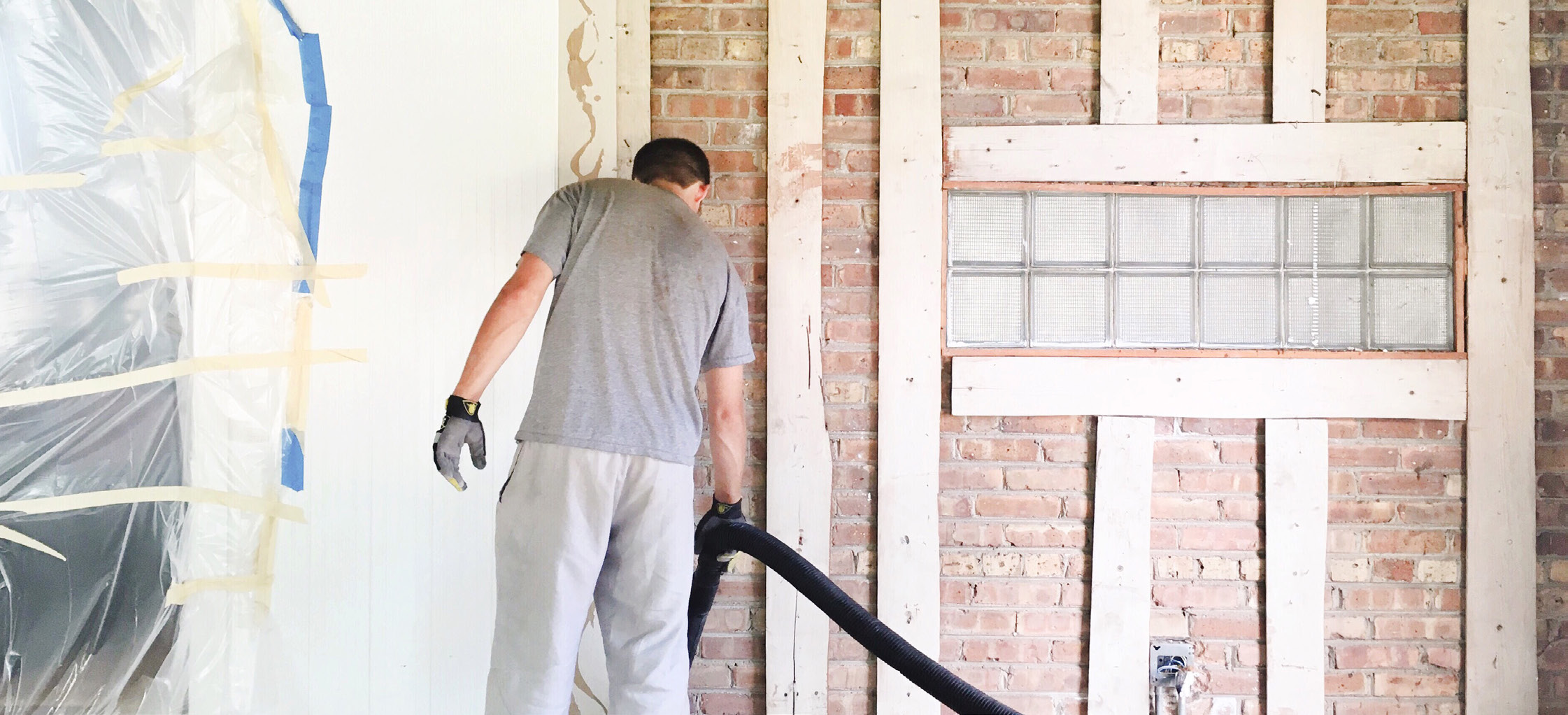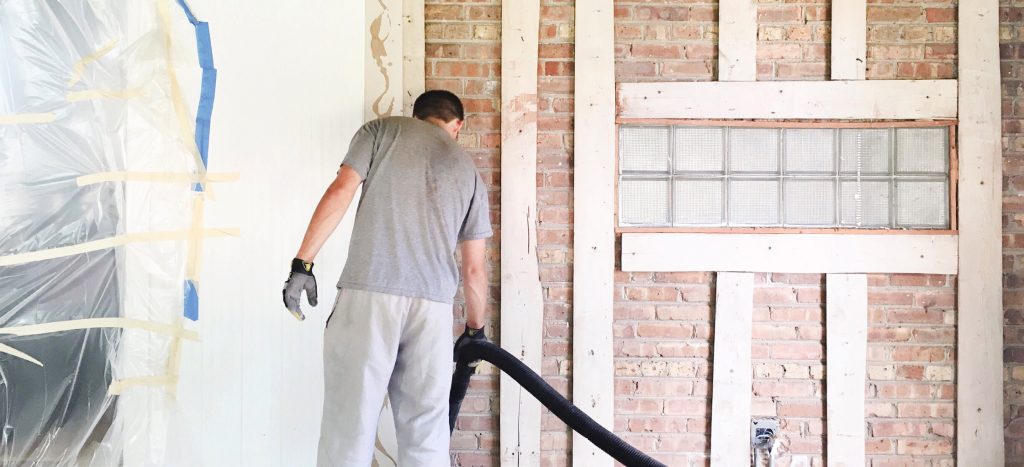Healthy Homes, Investment, Landlords
Landlords with low standards beware

Winter is here and tenants are waking up to their rights as the first Healthy Homes deadline arrives.

No one wants to admit being a slumlord but unfortunately in New Zealand, we do have them. Recent news articles have highlighted the plight of some unfortunate tenants who have had to tolerate living conditions which, in the words of a prominent tenancy advocate group, is ‘obviously contrary to human health.’.
In this incident, the property certainly appears to be in poor condition. The tenants are not only having to tolerate an unsafe dwelling which is poorly maintained, they have also been subjected to infestations that have impacted the tenants health and wellbeing. When you are paying approximately $230 per week for a bedroom, you should expect to live in a warm, safe and compliant home. Unfortunately, these tenants are not alone and the Healthy Homes standards will go some way to improving the plight of tenants such as these.
Getting ready for the first deadline has not been easy. There was a lot of planning involved and then there was the organization of the work as well as liaising with tenants and landlords alike. There were also been issues around the heating calculator, the tool supplied by Tenancy Services for working out the required heating capacity for the main living space. Whilst undertaking these calculations, we saw brand new houses fail to comply with the heating requirements; incredibly frustrating for property managers and owners alike.
It is not easy contacting a landlord to explain to them that $4,000 heat pump they put into a living room as the heating source is insufficient. Some landlords get it, others do not.In December last year, we here at Tommy’s set ourselves a target to ensure that we knew exactly where every property on our books was in terms of compliance to Healthy Homes before the 1st of July 2021 deadline hit. Every property had to be tested for Healthy Homes compliance and if the property did not pass its first assessment, we knew exactly what was required and what we needed to do and by when.

The project has been a massive undertaking with our team of property managers working through an estimated $350 million worth of Wellington real estate to establish exactly where every property was at. Some people do not understand why this work is such a big undertaking and what is involved. The issues that property management companies face is that when they are engaged by an owner of a rental property, they automatically become the landlord. This exposes them to significant risk. In the eyes of the Tenancy Tribunal, the property management company is the landlord and they can find themselves at the wrong end of a decision that they might not have been responsible for.
The penalties under the Residential Tenancies Act are also significant.
● Failing to provide a Healthy Homes statement with your new Tenancy Agreement or renewal faces exemplary damages of up to $750 per breach.
● Providing a false or misleading statement with regards to Healthy Homes can see you paying exemplary damages of up to $900.
● If your property fails to comply with the Healthy Homes standards under landlord’s responsibilities then you are exposing yourself to exemplary damages of up to $7,200.
● And if a tenant requests information in regards to proof of compliance, you provide this within 21 days of receiving the request or you may be facing exemplary damages of up to $750.
However, the biggest risk to property management companies is through audits by the Tenancy Compliance and Investigation Team (TCIT). These are the police officers of the Residential Tenancies Act and they have significant power. A private landlord with one rental will probably not face the scrutiny of an audit but for property management companies who manage approximately quarter of million residential dwellings in New Zealand, this will inevitably occur.
What will happen is that the TCIT will write to a property management company and notify them that they will be audited on a particular day and they will require copies of the following documents:
● The tenancy agreement and any variations or renewals of it.
● Any reports of inspections of the premises carried out by or for the landlord during the tenancy.
● Records of any building work for which a building consent is required, prescribed electrical work, sanitary plumbing, gasfitting, or other maintenance or repair work carried out at the premises by or for the landlord during the tenancy.
● Any reports or assessments by a professional tradesperson of work that is carried out or is required in relation to a premises that relates to the landlord’s compliance with landlords’ responsibilities.
● The records or other documents that relate to the landlord’s compliance with the Healthy Homes standards.
● Any advertisement for the tenancy which includes an advertisement from before the commencement of the tenancy.
The landlord must keep copies of all documents for 12 months after the tenancy has ended. Therefore, there is a huge amount of information that must be securely stored
The TCIT has the ability to issue infringement notices that could lead to the company paying an infringement fee or a fine. However, their greatest power that the TCIT has is to take a property management company to the Tenancy Tribunal seeking pecuniary damages of up to $50,000 for breaches of certain sections of the Residential Tenancies Act including non compliance with Healthy Homes standards.

Tenants are becoming more aware of their rights. There is also a realisation that the tenant now has a substantial amount of power when it comes to the relationship between the tenant and the landlord. You can no longer simply say ‘here’s 90 days notice’ to move a difficult tenant on. You have to negotiate and work with that tenant. For landlords who struggle with
this they will soon find it harder to find a professional company who is prepared to take on this risk. It is not just the risk of sanction that the property management company has to contend with, it is the wellbeing of the staff who manage the property and have to deal with a problematic landlord. In our view, it is not worth the risk. Our number one priority is
the care and protection of our staff. If the staff are not fully engaged, this will reflect on the relationship with the property manager and both the tenant and landlord.
How are we dealing with Healthy Homes compliance?
● Every property is assessed by a fully trained compliance provider. They will provide a detailed report as to the level of compliance as well as what is required. Regulation 40 of the Residential Tenancies (Healthy Homes Standards) Regulations 2019 outlines the documents the landlord needs to retain for proof of compliance. This report fits the bill.
● The properties that fail their first compliance assessment will be marked as a priority and work will be completed within 90 days of the commencement of a tenancy or when a tenancy is renewed.
● Owners are allowed to provide their own Healthy Homes statement but they must also provide proof of compliance.
● We work closely with a group of tradespeople who specialise in Healthy Homes compliance so there are no delays with waiting for heat pumps or ground moisture barriers.
If you are struggling to get your head around the Healthy Homes compliance then why not join the hundreds of landlords who have peace of mind management with their assets. Contact Tommy’s today.
Cheers,

Harrison Vaughan
Director
Explore more posts like this one
View more
November 14, 2025
Wellington Rental Market Update | November 2025

November 11, 2025
Pet Friendly Rental Rules Are on the Way!

October 14, 2025
Wellington Rental Market Comment | October 2025
